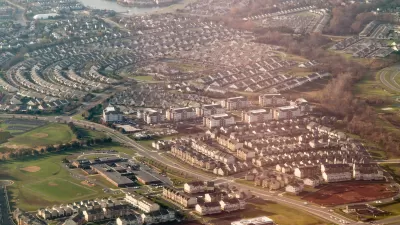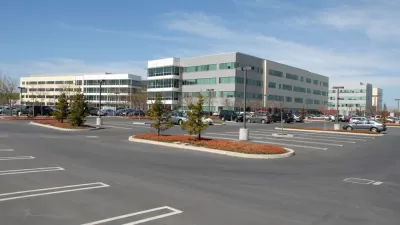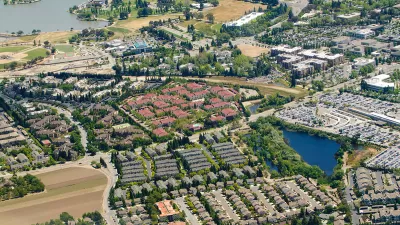Facing a shortage of affordable housing, Westchester, New York, is considering using the excess parking lots of local office park campuses for new housing development.
"Generating both praise and criticism in a county with plenty of expensive housing but not much of the budget-friendly kind, a Department of Planning report urges towns and villages here to use land in existing office parks as sites for new housing, some of it for moderate-income families.
There are two big reasons that he believes the plan would work, Richard Hyman, an independent housing and planning consultant hired by the county for the study, says. To start with, office parks are typically created with more parking than they need, to meet standard zoning requirements. Additionally, the complexes are often built in campuslike settings, with room for more construction - in this case new residential buildings.
The recommendations came in response to a severe shortage of moderate-income housing in Westchester. Demand is expected to reach 19,083 units by 2015, yet between 2000 and 2005 only 970 units had been built, according to Deborah DeLong, the county's housing director.
Because the roads and utilities in existing office parks are already in place, the study asserts, further development of those properties would not be as costly for developers.
Builders could afford to set aside as much as 15 percent of the housing for moderate-income families without relying on public funds, Mr. Hyman said.
Put another way, said Robert F. Weinberg, an Elmsford developer of mixed-use projects in Westchester: "Here we have already cut down all these trees, put in the sewer and water lines, so there's no hole to be dug, no addition of parking lots and no extra runoff. It makes sense economically and environmentally.""
FULL STORY: Parking Space as Living Space?

Alabama: Trump Terminates Settlements for Black Communities Harmed By Raw Sewage
Trump deemed the landmark civil rights agreement “illegal DEI and environmental justice policy.”

Planetizen Federal Action Tracker
A weekly monitor of how Trump’s orders and actions are impacting planners and planning in America.

The 120 Year Old Tiny Home Villages That Sheltered San Francisco’s Earthquake Refugees
More than a century ago, San Francisco mobilized to house thousands of residents displaced by the 1906 earthquake. Could their strategy offer a model for the present?

Rural Population Grew Again in 2024
Americans continued to move to smaller towns and cities, resulting in a fourth straight year of growth in rural areas.

Safe Streets Grants: What to Know
This year’s round of Safe Streets for All grant criteria come with some changes.

Rural Missouri Transit Service Could Lose State Funding
OATS Transit offers low-cost rides to primarily elderly rural residents with little or no access to other transportation options.
Urban Design for Planners 1: Software Tools
This six-course series explores essential urban design concepts using open source software and equips planners with the tools they need to participate fully in the urban design process.
Planning for Universal Design
Learn the tools for implementing Universal Design in planning regulations.
Clanton & Associates, Inc.
Jessamine County Fiscal Court
Institute for Housing and Urban Development Studies (IHS)
City of Grandview
Harvard GSD Executive Education
Toledo-Lucas County Plan Commissions
Salt Lake City
NYU Wagner Graduate School of Public Service





























